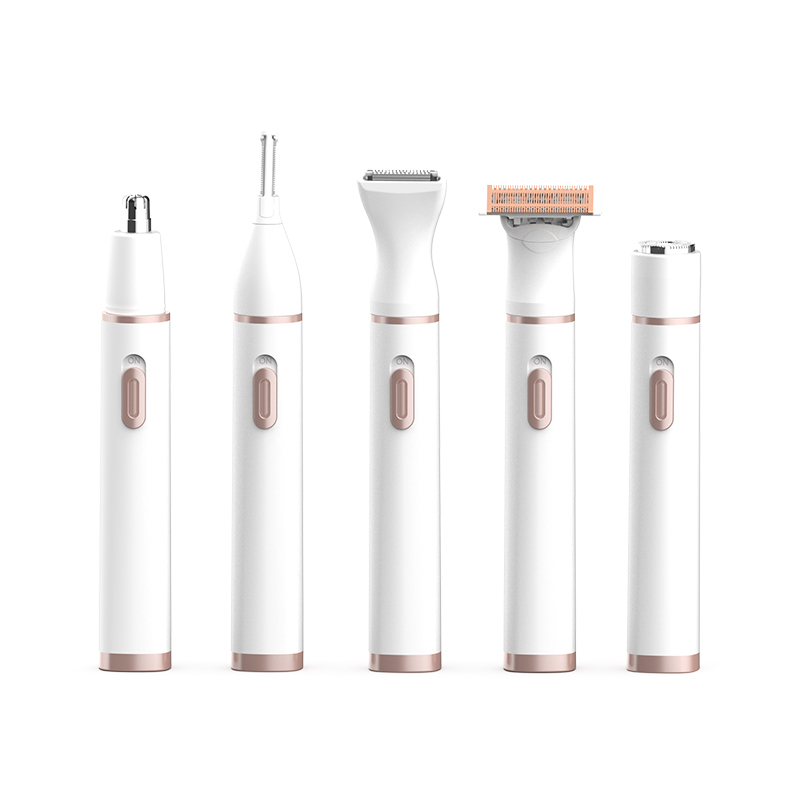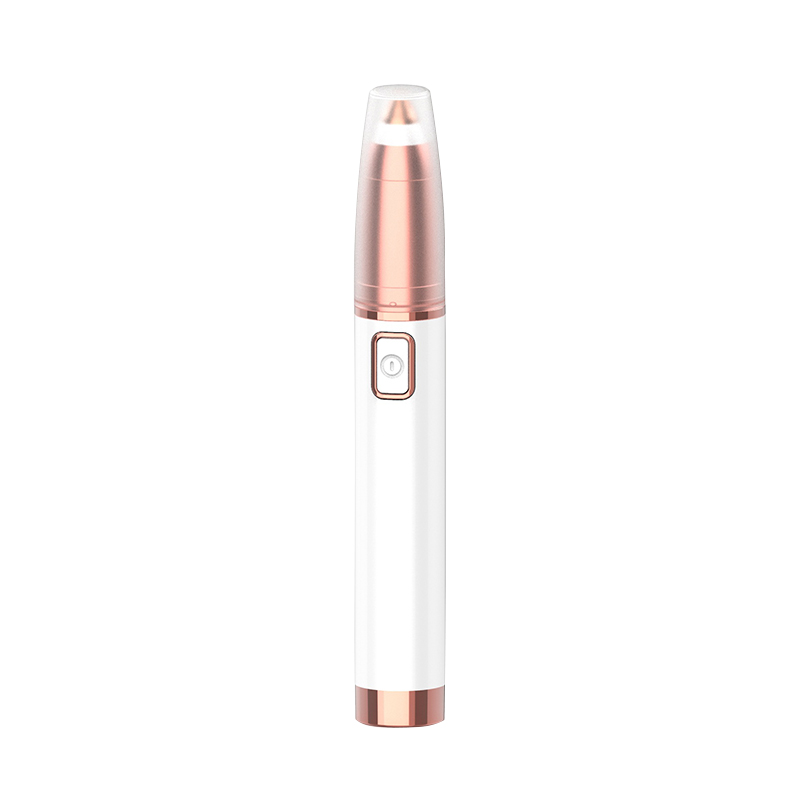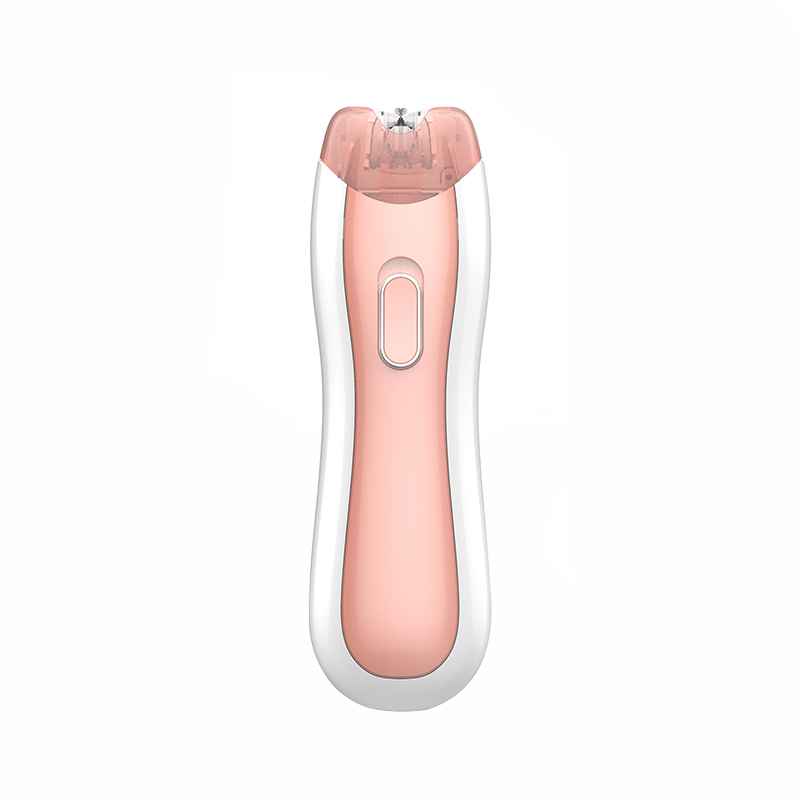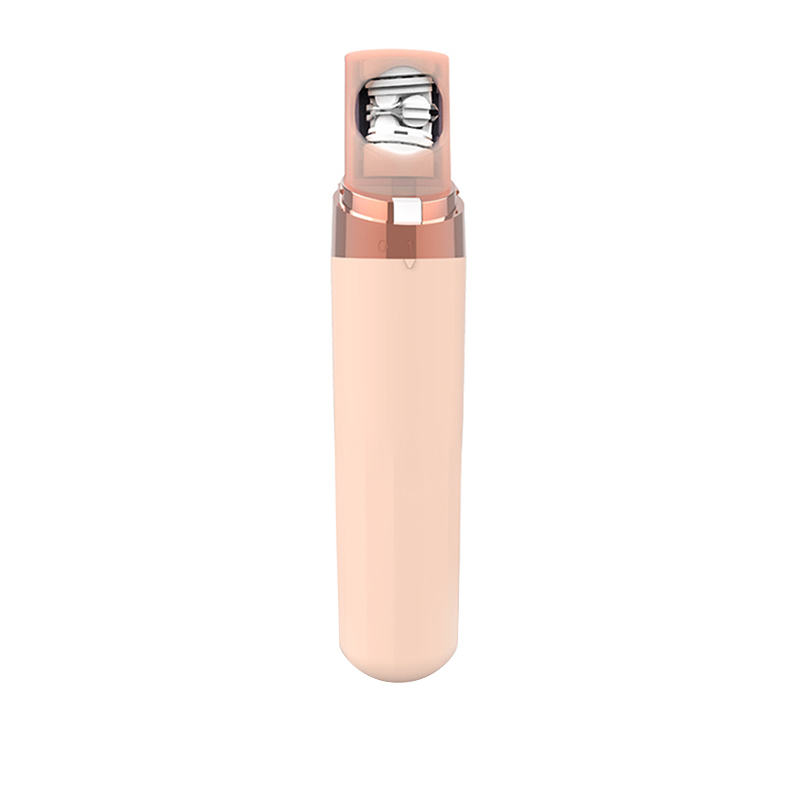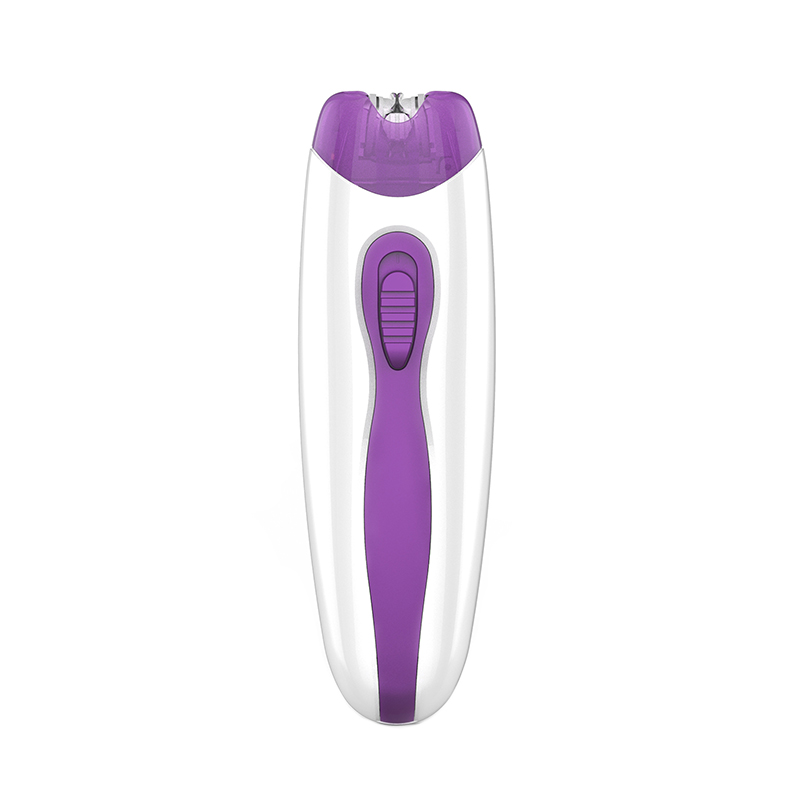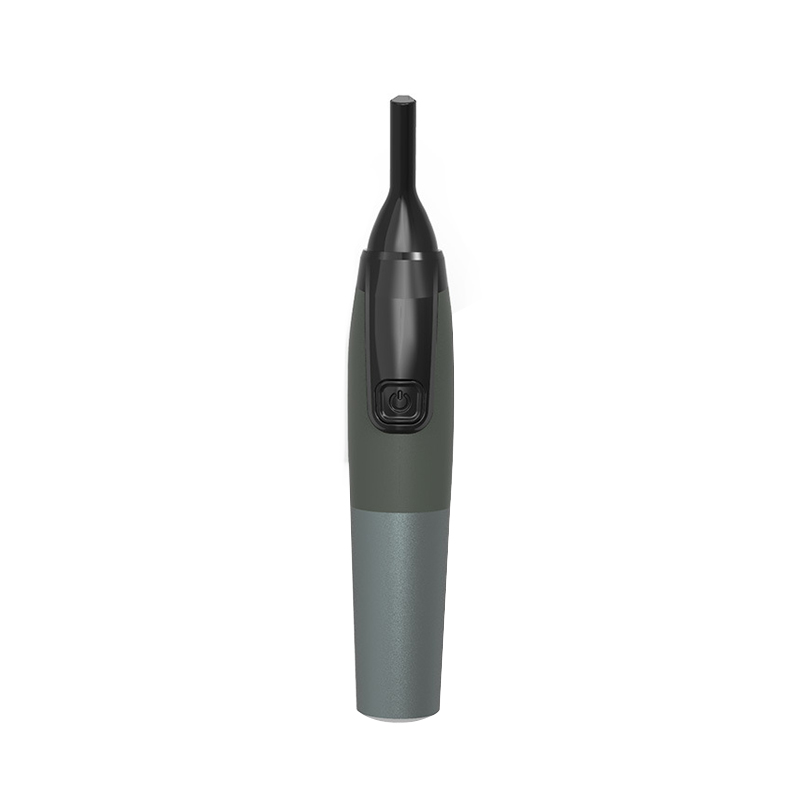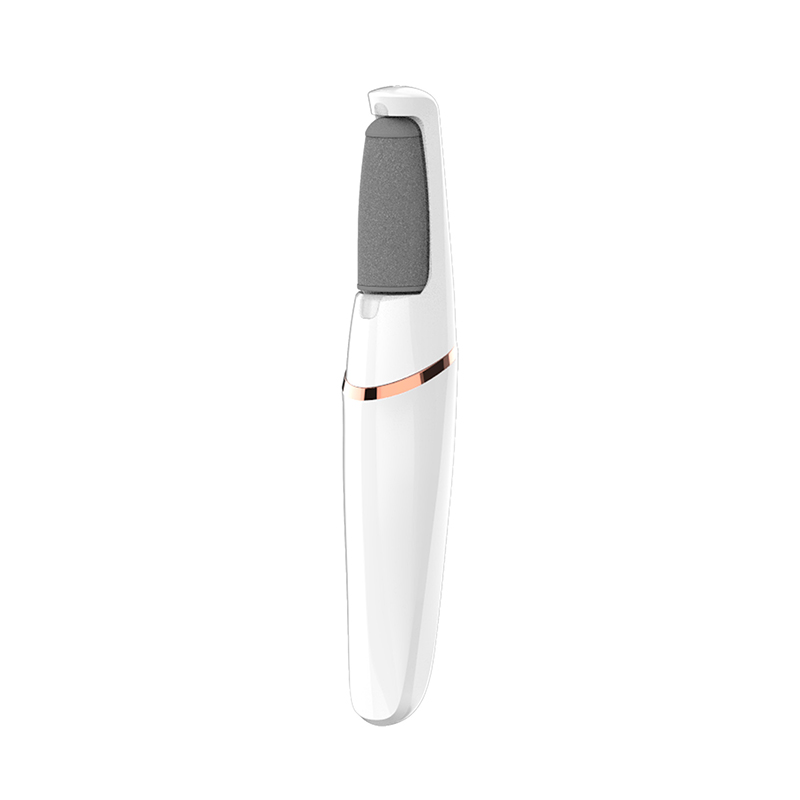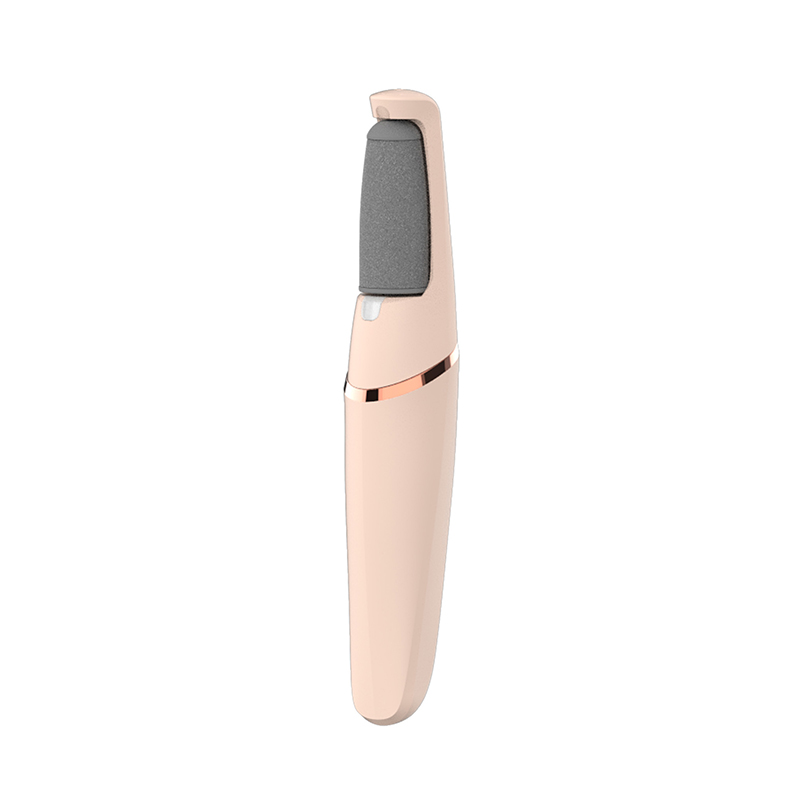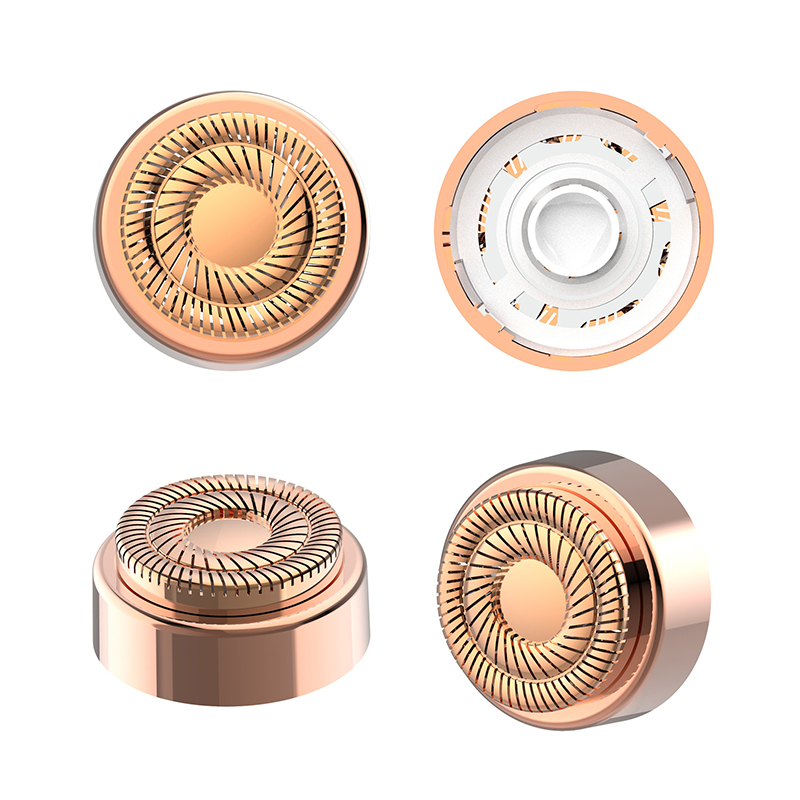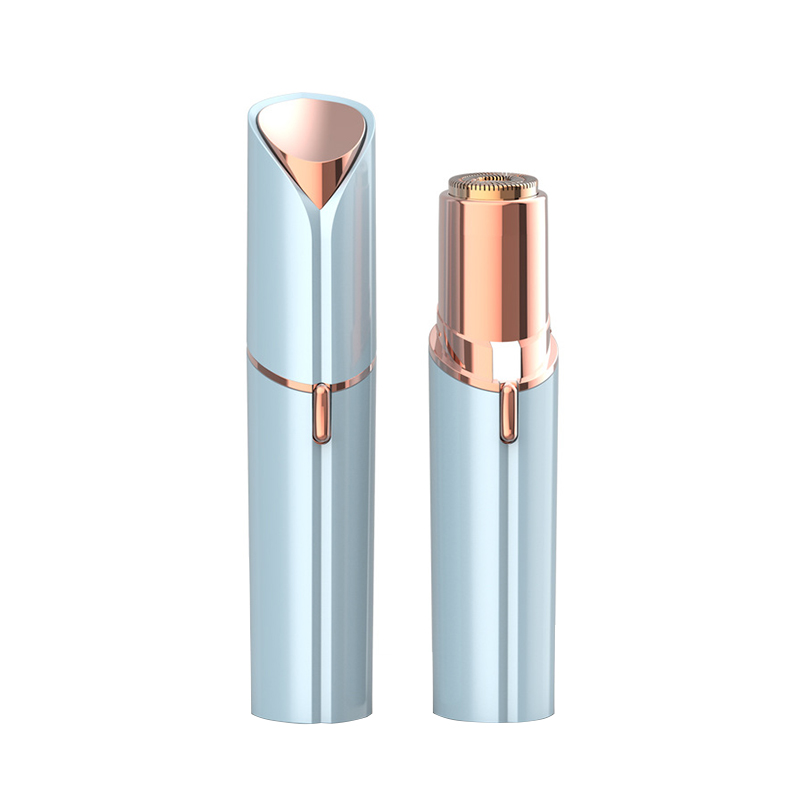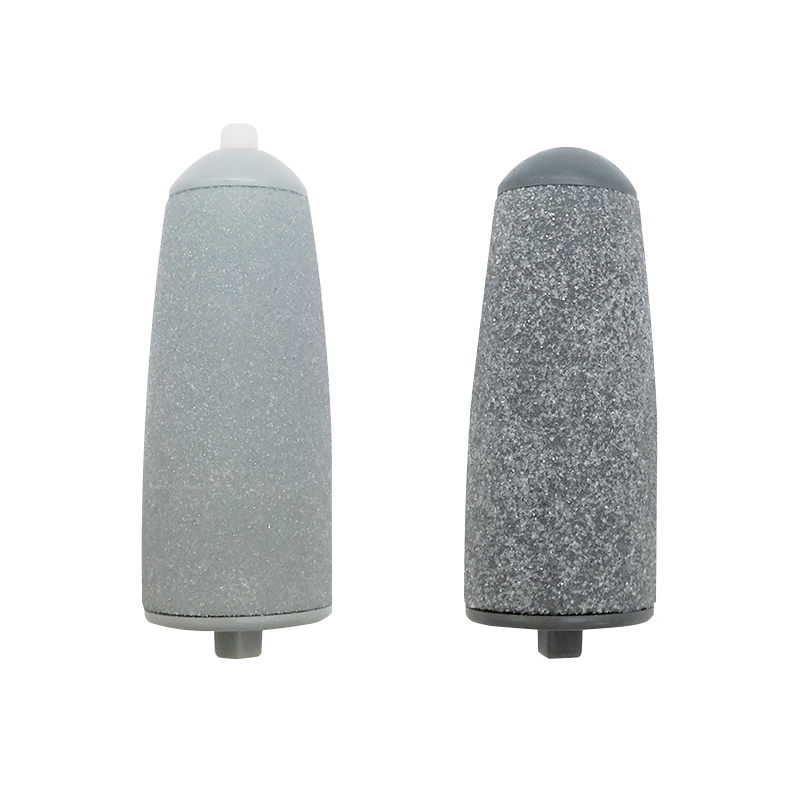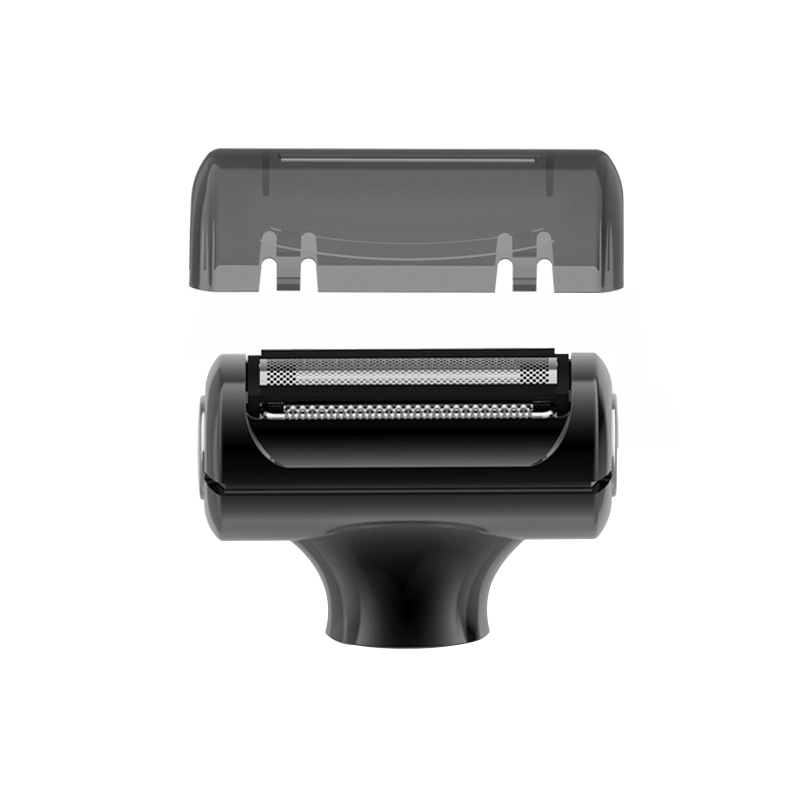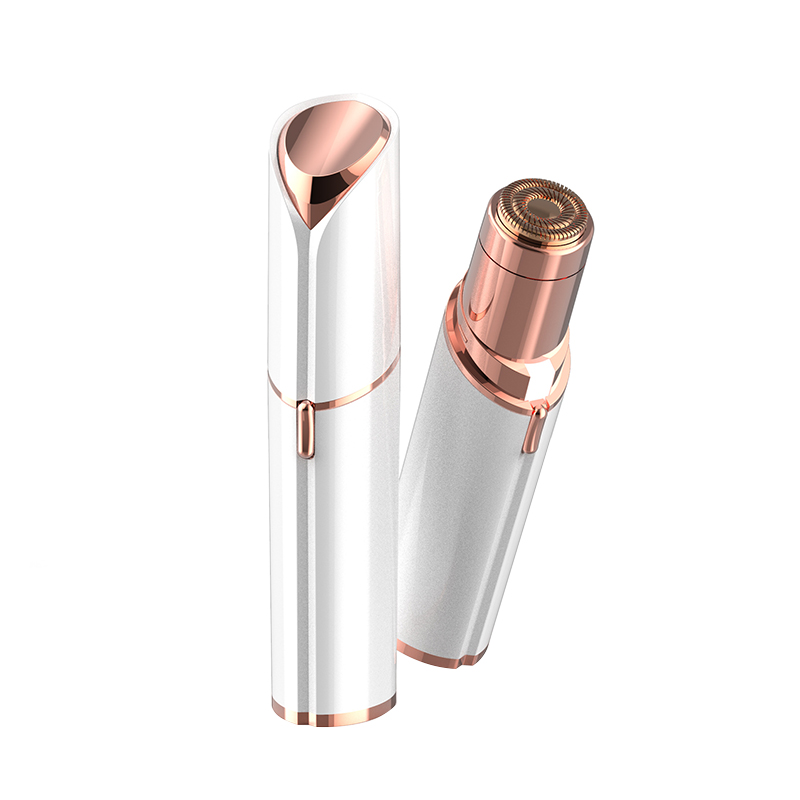The growing popularity of facial hair removers—devices designed to eliminate unwanted peach fuzz or coarse hair—has sparked debates among skincare professionals and consumers alike: Can these tools be used daily without harming the skin? While convenience drives demand, experts caution that safety hinges on understanding your skin type, the technology involved, and adherence to manufacturer guidelines.
The Science Behind Facial Hair Removers
Facial hair removers typically fall into two categories: mechanical tools (e.g., dermaplaning devices, precision trimmers) and energy-based systems (e.g., IPL or laser devices). Mechanical options physically exfoliate and cut hair at the surface, while energy-based models target follicles with light or heat to reduce regrowth.
Mechanical facial hair removers are generally safe for occasional use, but daily exfoliation can compromise the skin barrier, leading to irritation or microtears. Energy-based devices, on the other hand, are not designed for daily use—overapplication risks burns or hyperpigmentation, especially in darker skin tones."
Risks of Overuse
A 2023 study in the Journal of Cosmetic Dermatology highlighted that repetitive use of mechanical facial hair removers (more than twice weekly) correlated with a 22% increase in reported cases of redness and sensitivity. Similarly, at-home IPL devices, while effective for long-term reduction, require strict adherence to spacing treatments by weeks—not days—to allow skin recovery.
Chemical-based removers (e.g., creams) also pose risks. "These products contain enzymes or acids that dissolve hair, but daily use can disrupt the skin’s pH balance and trigger allergic reactions," warns Dr. Chen.
User Experiences: A Mixed Picture
Sarah Lin, a 28-year-old frequent user of a popular rotary facial hair remover, shares: "I used it daily for a month, and my skin became unbearably dry. Now I limit it to once a week, and it’s much better." Conversely, IPL device users like Mark Torres report satisfaction with biweekly sessions, noting "significant hair reduction without irritation."
Best Practices for Safe Use
Patch Test First: Apply the tool to a small area to check for adverse reactions.
Follow Frequency Limits: Never exceed the manufacturer’s recommended usage.
Prioritize Skin Recovery: Pair hair removal with hydrating serums and SPF.
Consult a Professional: For coarse or dense facial hair, seek dermatologist-approved methods.



